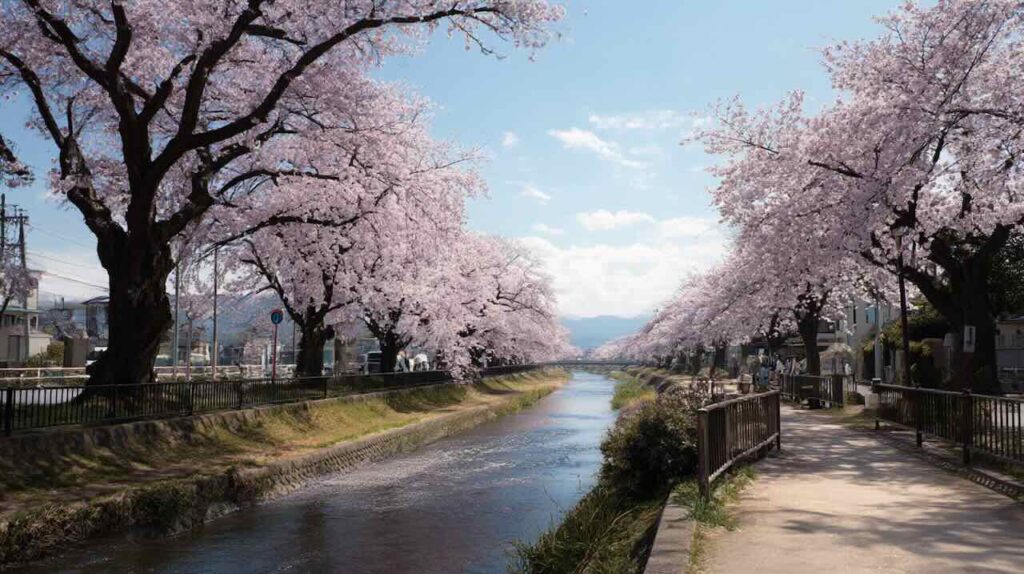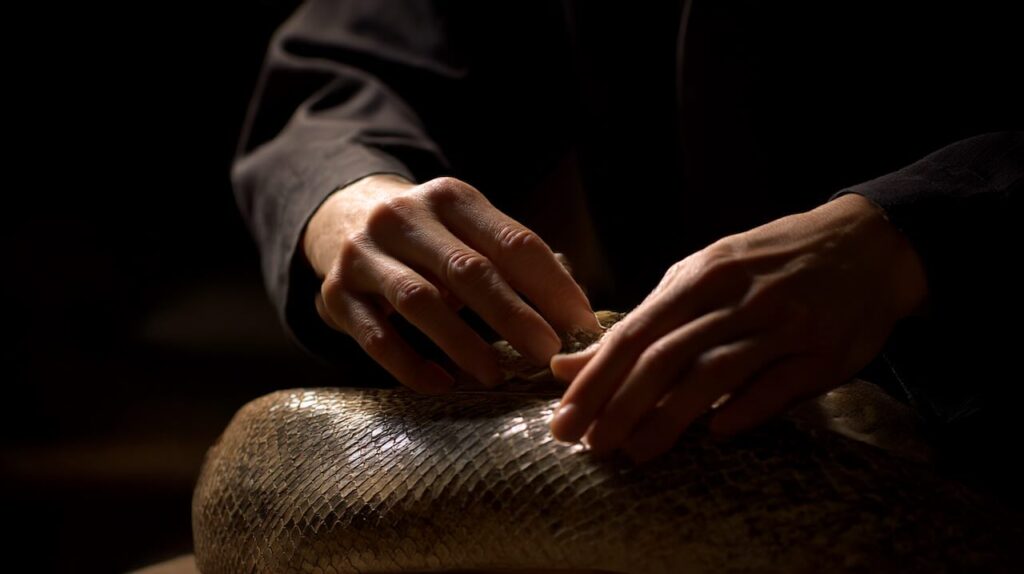- The Short Answer: Yes—But Okinawa’s Seasons Feel Different
- Spring (March–April): Early Blossoms, Quiet Beginnings
- Summer (May–October): The Long, Humid Reign
- Fall (November): Subtle Changes, Still Green
- Winter (December–February): Cool, But Never Cold
- How Okinawans Sense the Seasons
- Summary: Okinawa Has Four Seasons—Just Not as You Know Them
The Short Answer: Yes—But Okinawa’s Seasons Feel Different
When most people imagine Okinawa, images of turquoise beaches, year-round warmth, and endless summer days come to mind. Even many visitors from mainland Japan wonder: “Does Okinawa really have four seasons like the rest of Japan?”
The answer is yes, but Okinawa’s seasons follow their own gentle rhythm—subtle, slower, and shaped more by light, humidity, and wind than by dramatic temperature swings or colorful foliage. In Okinawa, you don’t see the seasons as much as you feel them.
Spring (March–April): Early Blossoms, Quiet Beginnings
- Average temperatures: 18–23°C (64–73°F)
- Cherry blossoms bloom as early as January or February
- The school and fiscal year still begin in April
In mainland Japan, cherry blossoms are the visual symbol of spring. But in Okinawa, spring’s arrival looks different. Okinawa’s kanhizakura—a deep-pink, bell-shaped cherry blossom—often blooms in late January or February, well before the mainland’s famous sakura season.
By the time April arrives, the blossoms have fallen, but spring is still felt in the gentle warmth of the air, longer daylight hours, and the start of new school and work years. Locals begin gradually shifting back into lighter, summer-style clothing.
Summer (May–October): The Long, Humid Reign
- Average temperatures: 25–31°C (77–88°F)
- Beach season begins in May and extends into October
- Rainy season (tsuyu) from May to late June
- Typhoon season in late summer
Summer dominates Okinawa’s calendar, lasting nearly half the year. The humid subtropical climate makes summer long, heavy, and lush. The rainy season kicks off in May, bringing intense humidity and occasional tropical downpours. Afterward, Okinawa slides into its high-summer rhythm: brilliant sunshine, vibrant festivals, and the constant hum of cicadas.
By August and September, typhoons often sweep through, temporarily cooling the air but reminding residents of nature’s power. Even into October, T-shirts and shorts remain daily wear, and the beaches stay inviting.
Compared to mainland Japan, California, or southern Europe, Okinawa’s summer is longer, wetter, and more humid—but also more alive with local culture and seasonal rituals.
Fall (November): Subtle Changes, Still Green
- Average temperatures: 22–26°C (72–79°F)
- No dramatic leaf color changes
- Mild, comfortable outdoor weather
Autumn arrives quietly in Okinawa. There are no flaming maples or crisp air, but instead a dry, gentle shift toward cooler evenings. Most trees remain green year-round, and without harvest traditions like apples or pumpkins, autumn feels more like a comfortable extension of summer.
November is often one of the most pleasant months for outdoor activities: the humidity drops, the skies remain clear, and the sea still holds much of its summer warmth. Autumn in Okinawa whispers rather than shouts, best appreciated in the breeze and the soft shift in the quality of sunlight.
Winter (December–February): Cool, But Never Cold
- Average temperatures: 15–20°C (59–68°F)
- Rarely falls below 10°C (50°F)
- No snow—most Okinawans have never seen snow in person
Okinawa’s winters feel like spring for anyone from northern Japan or colder regions abroad. While locals might bundle up in sweaters and jackets, visitors often walk comfortably in T-shirts or light layers.
The ocean breeze and humidity can add a slight chill, but there’s no snow, no frost, and no frozen ground. Winter remains a time of family gatherings, mild sunshine, and peaceful beaches free of summer’s crowds.
How Okinawans Sense the Seasons
In the absence of dramatic seasonal markers like snow or fiery foliage, Okinawans tune into more subtle cues:
- Traditional events such as the lunar New Year and Shīmī (a springtime ancestral picnic)
- The shift in wind patterns and the sound of ocean waves
- The arrival of seasonal flowers and crops like sugarcane
- The timing of insects like cicadas and fireflies
- Changes in humidity and air pressure more than temperature alone
The seasons are deeply tied to nature’s rhythm and Okinawan culture rather than visual spectacle.
Summary: Okinawa Has Four Seasons—Just Not as You Know Them
If you expect clear-cut seasons like Tokyo or New York, Okinawa may initially seem seasonless. But beneath its warm skies lies a more delicate rhythm: a subtropical four-season cycle that moves gently, with fewer extremes but just as much meaning.
Okinawa’s seasons invite you to experience nature through feeling rather than sight—through shifting breezes, the rhythm of local festivals, and the quiet language of flowers, insects, and waves.
Once you attune to that rhythm, you’ll discover that Okinawa’s seasons offer their own quiet beauty—one that’s deeply rooted in both nature and culture.


